Intermediate Conversations: Advanced Presentation and Public Speaking Skills

Advanced Presentation and Public Speaking Skills – Chat with your AI teacher. The topic is Advanced Presentation and Public Speaking Skills. Practice and improve your English skills with AI conversations on ClassX.
Refrigeration Design Software – Coolselector®2 HVACR
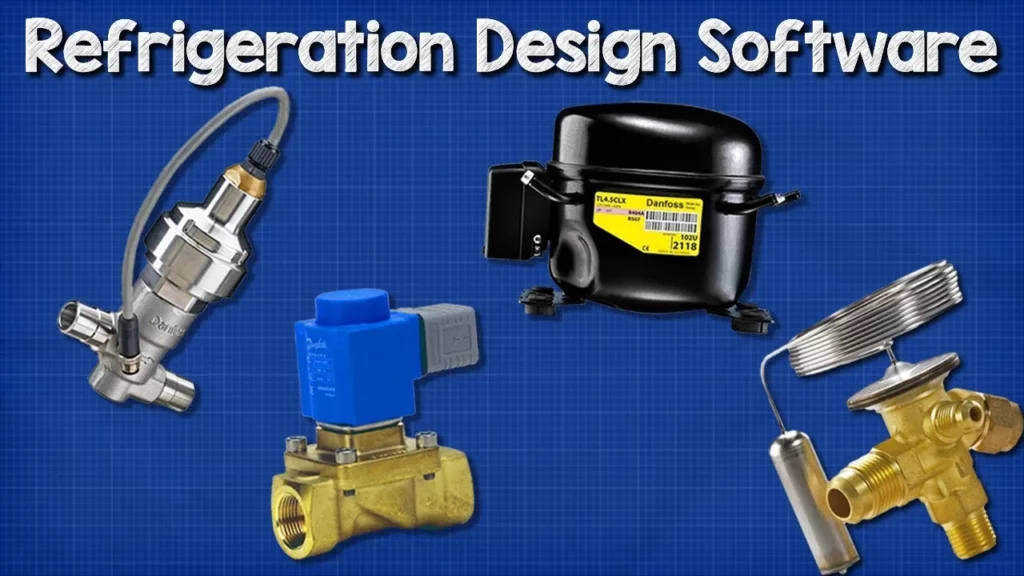
This lesson introduces Coolselector 2, a free refrigeration design software developed by Danfoss, aimed at HVAC refrigeration engineers and students. The software simplifies the selection of refrigeration components, offering features such as system schematics, performance analysis, and report generation, while also providing practical applications for selecting components like thermostatic expansion valves and compressors. Additionally, users can customize their experience and access extensive training resources to enhance their understanding of refrigeration design.
AFCI Breaker Basics – Arc Fault Circuit Interrupter how they work
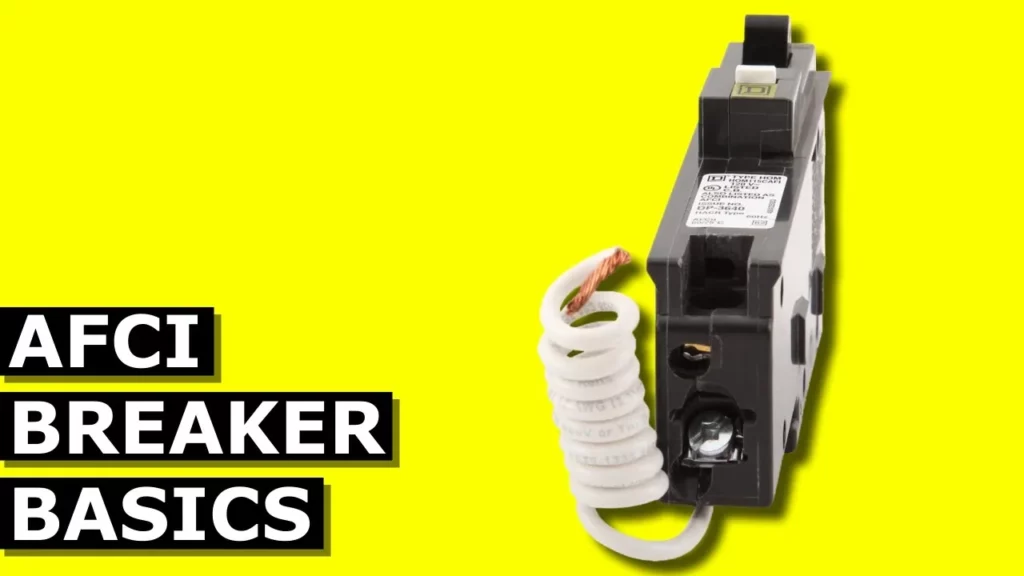
The lesson on Arc Fault Circuit Interrupters (AFCIs) highlights their crucial role in preventing electrical fires by detecting and interrupting arc faults caused by damaged insulation. AFCIs are mandated by the National Electric Code for specific residential areas and operate by monitoring electrical currents for dangerous patterns, automatically tripping to cut off power when an arc is detected. Understanding AFCIs is vital for maintaining electrical safety in homes and ensuring proper installation and operation.
Learn the Basics of HVACR Time Control
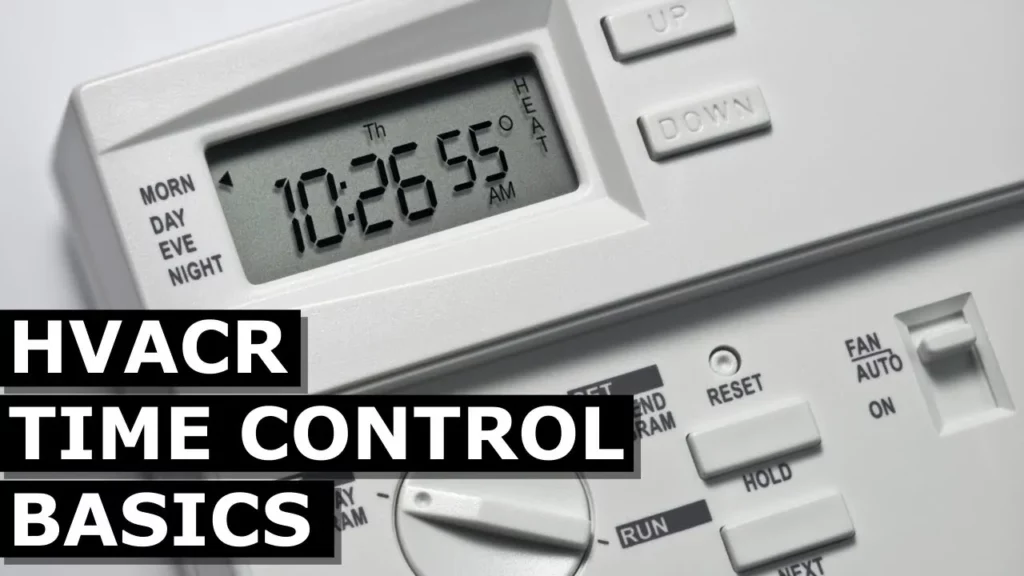
The lesson on HVACR time control emphasizes its importance in optimizing energy efficiency and comfort by allowing heating, ventilation, and air conditioning systems to operate only when necessary. It explains the evolution from traditional mechanical timers to modern electronic controllers, which offer advanced scheduling features and adaptability for various settings, including larger buildings that utilize programmable logic controllers for precise temperature management. Additionally, the lesson encourages further exploration of HVAC engineering through various educational resources and social media platforms.
Arc length, degrees & radians tutorial with example

In this lesson, we learned how to calculate the length of an arc in a circle using two methods: one for angles in degrees and another for angles in radians. The formula for degrees involves taking the ratio of the angle to 360° and multiplying it by the circle’s circumference, while the formula for radians is simply the angle multiplied by the radius. With practice, these calculations can become straightforward and intuitive!
Calculate the Area of a circle from Radius or Diameter

In this lesson, you learned how to calculate the area of a circle using either the radius or the diameter. By applying the formulas Area = π × radius² or Area = (π × diameter²) / 4, you can easily find the area of a circle, with both methods yielding the same result. With practice, you’ll become proficient in determining the area of circles quickly and accurately.
HVAC On Off Control Basics
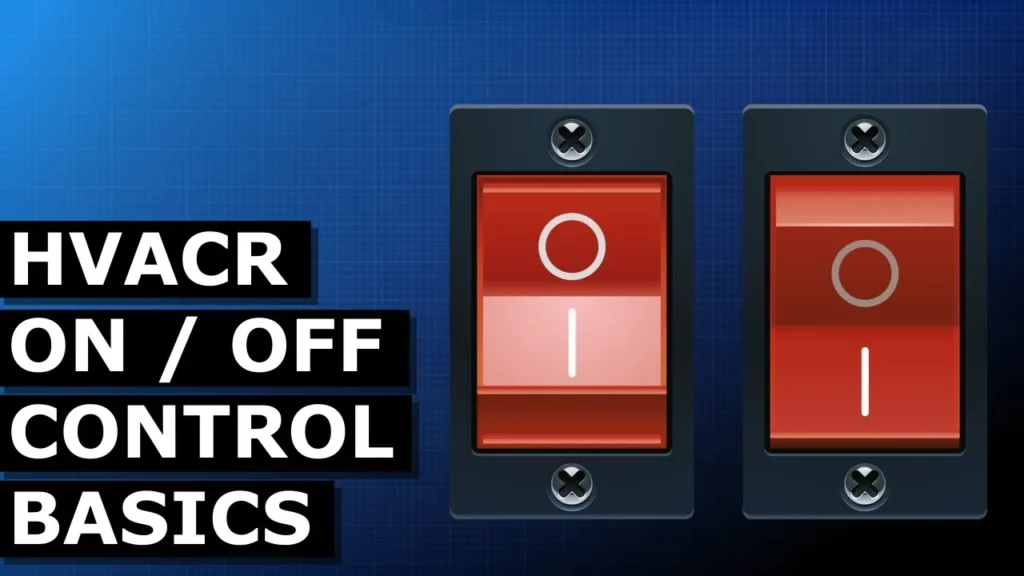
This lesson explains the fundamentals of on/off control in HVAC systems, highlighting how simple switches and thermostats regulate heating and cooling. It describes the operation of a thermostat using a bi-metallic strip to maintain a comfortable temperature automatically, while also addressing the importance of manual overrides for personal comfort. Additionally, the lesson emphasizes the need for shorter on/off intervals to achieve more consistent temperature control in spaces that require less heating or cooling.
Convert Sea Water to Fresh Water, Why we need to – isave filter salt water

The lesson addresses the pressing global issue of drinking water scarcity and explores innovative solutions, particularly the conversion of seawater into freshwater through desalination technologies like Danfoss’s iSave system. It highlights the critical need for water in daily life and agriculture, the challenges faced by major cities experiencing severe shortages, and the mechanics of reverse osmosis as an effective purification method. The iSave technology enhances energy efficiency in the desalination process, significantly reducing energy consumption while ensuring the quality of the purified water.
Heating System Optimizer Basics
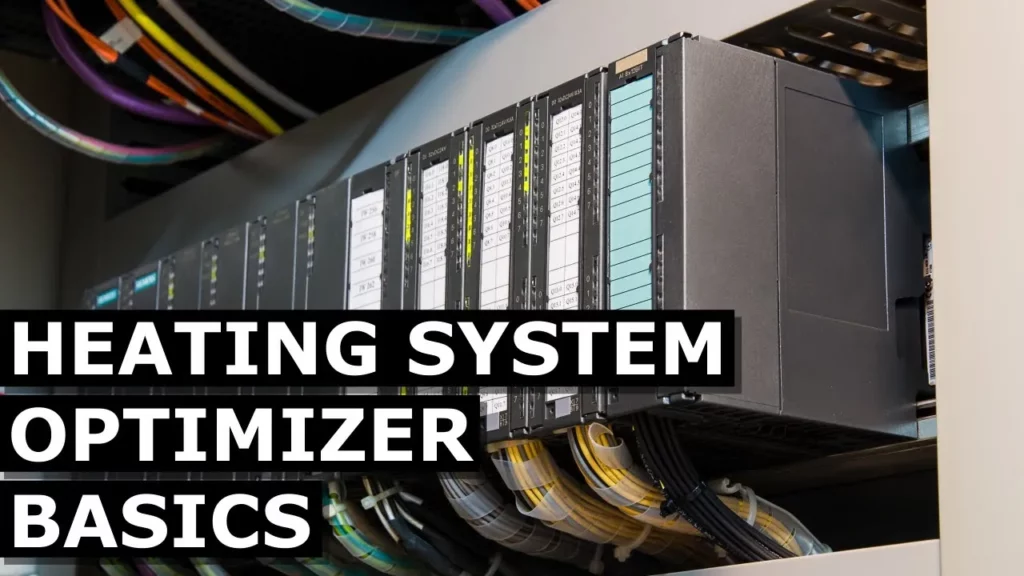
This lesson focuses on the role of electronic controllers in managing heating systems in modern buildings, highlighting their ability to set customizable schedules for efficient operation. It explains how advanced systems with optimizers, integrated with programmable logic controllers (PLCs), enhance heating efficiency by adjusting activation times based on occupancy and temperature conditions. Additionally, the lesson encourages further exploration of HVAC engineering through educational resources and social media platforms.
Refrigeration Design Software – Coolselector 2
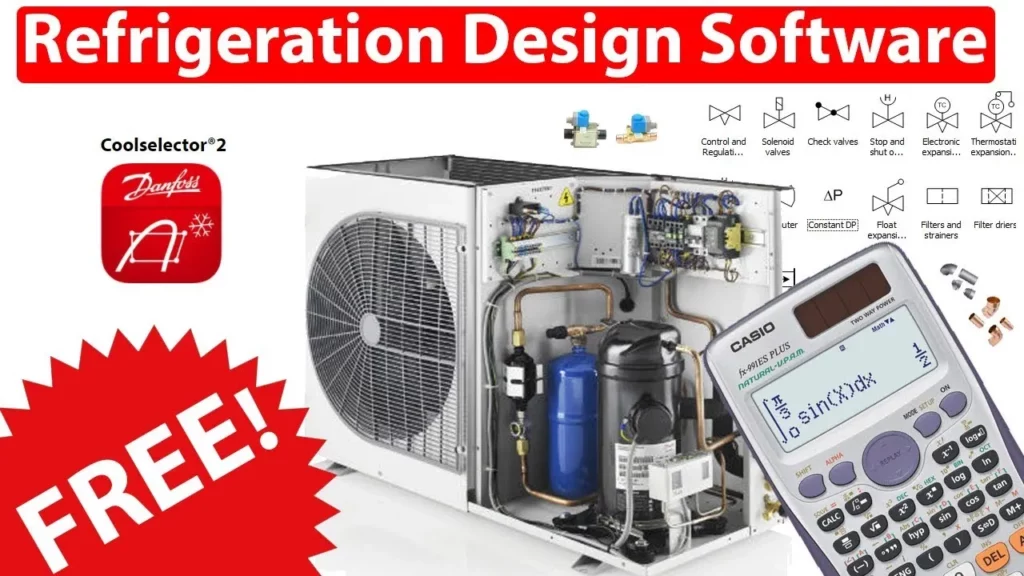
The lesson introduces Coolselector 2, a user-friendly refrigeration design software by Danfoss, which allows HVAC professionals and students to efficiently design and optimize refrigeration systems. It features built-in wizards for tasks like cold room design, offers comprehensive design data and reports, and supports various applications, making it a valuable tool for assessing component compatibility and performance. The software is free to download, and Danfoss also provides additional resources on natural refrigerants and industry regulations.